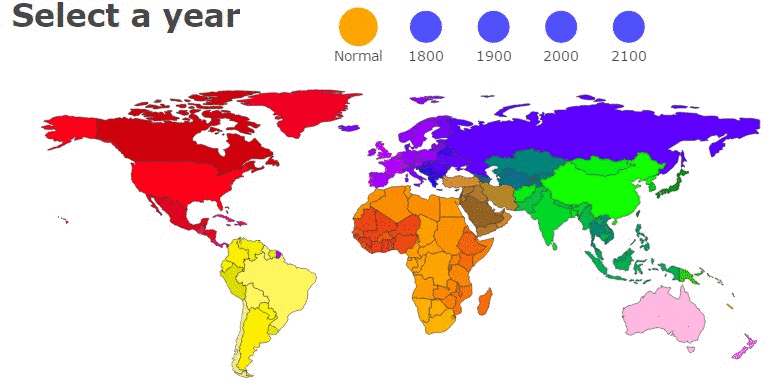Historical Context and Overview
Chemical equilibrium shifts are 2-directional: population of reactants may give up to the products and vise versa, and in some cases it makes sense to admit δj0, a shift towards the logistically exhausted reacting mixture. The South Side experienced a population shift during the move to suburbs following World War II. To replace workers at local factories, business brought in workers from Southern States. With the new residents of the South Side brought bluegrass music.
Population Shift Example
- Population shift - a change in the relative numbers of the different groups of individuals making up a population transformation, transmutation, shift - a qualitative change Based on WordNet 3.0, Farlex clipart collection. © 2003-2012 Princeton University, Farlex Inc.
- Population shift has occurred throughout U.S. History for various reasons. The pandemic has accelerated what was already becoming a trend, but the “new normal” in the workplace environment is beginning to take shape.
Following World War II, population patterns in the United States shifted in two primary ways: a move away from older cities in the Midwest and toward newer urban centers in the South; and a mass exodus from center cities to the suburbs. Automobiles and highways were both essential to suburban growth. In 1945, Americans owned 25 million cars; by 1965 the number had tripled to 75 million.
More cars required more highways, which were funded largely by the federal government. In 1956, Congress passed the National Interstate and Defense Highway Act, linking the entire country with roads at least four lanes wide. The interstate highway promoted suburban development, but cut wide swaths through neighborhoods in cities. Many new highways went through poor and minority neighborhoods where buildings were old and where residents had little political power.
In Columbus, many families began to leave the South Side neighborhoods and move eastward along Livingston Avenue. The arrival of Interstate 70 in the 1960s further fueled this pattern of suburbanization. While bypassing more affluent communities, Interstate 70 cut off predominately African-American neighborhoods like Hanford Village near Livingston Avenue.
While the suburbs boomed, both industry and retail businesses declined in the cities in the 1960s. Retail businesses found a better consumer base in the suburbs. Many industries were attracted to the growing “Sunbelt” region in the South, and others moved oversees. Railroad-related industries, including Buckeye Steel, declined as other modes of transportation and shipping—automobiles and trucks traveling along highways—became more popular. As industries closed or moved, more people moved away from cities and many neighborhoods fell into disrepair.
Population Shift 50s

- Learning Objective
- Standards Alignment
- Discussion Questions
- Extension Activities
- Additional Resources
Grade 3
Content Statement 3. Local communities change over time.
Content Statement 7. Systems of transportation and communication move people, products and ideas from place to place.
Grade 4
Content Statement 13. The population of the United States has changed over time, becoming more diverse. Ohio’s population has become increasingly reflective of the cultural diversity of the United States.
High School American History
Content Statement 29. The postwar economic boom, greatly affected by advances in science, produced epic changes in American life. Content Statement 30. The continuing population flow from cities to suburbs, the internal migrations from the Rust Belt to the Sun Belt and the increase in immigration resulting from passage of the 1965 Immigration Act have had social and political effects.
Explain how internal migration brings cultural changes to communities.
Explain the factors that contributed to urban decline and suburbanization in the 1950s and 1960s.
Discuss reasons for industrial decline and its impact on communities.
2. What cultural practices were introduced to Columbus as a result of Appalachian migration?
3. How did the increased ownership of cars in the 1950s contribute to suburbanization?
4. What was the impact of the construction of Interstate 70 on the neighborhoods of the South Side?
5. What caused industrial decline in the South Side neighborhoods in the 1950s and 1960s? Why was Buckeye Steel especially in trouble?
6. How did industrial decline impact the people and neighborhoods of the South Side?

Kenneth T. Jackson, Crabgrass Frontier: The Suburbanization of the United States.
Eisenhower Interstate Highway System
Cities vs. Suburbs
Also found in: Thesaurus.
Population Shift Def
| Noun | 1. | population shift - a change in the relative numbers of the different groups of individuals making up a population transformation, transmutation, shift - a qualitative change |
Want to thank TFD for its existence? Tell a friend about us, add a link to this page, or visit the webmaster's page for free fun content.
Link to this page:
